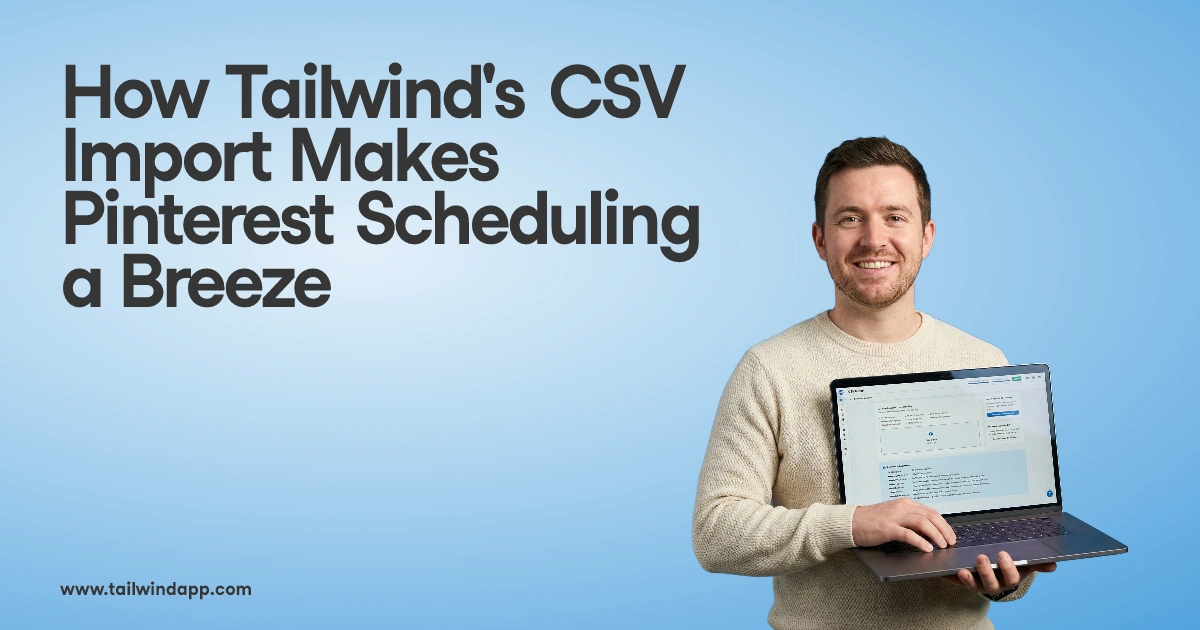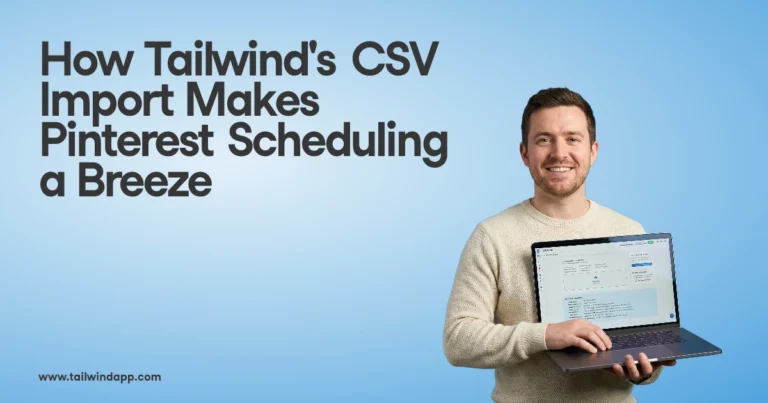
Facebook ads are constantly evolving. The “rules” change, as does marketers capacity to target specific users, and the type of creative copy that produces not just views but clicks and conversions.
But beyond the creative copy, visuals matter. So how do you use Facebook graphics and video to support your ad copy?
The first key is to understand the purpose of Facebook visuals. They draw attention, yes, but they must draw the right kind of attention.
This attention must work with your copy to earn engagement. And to be effective, the visuals must be on-brand. Graphics must also lead to, and support your call to action.
That’s a lot of musts – so what does that all mean, and how do you create the right graphics and video content for your brand?
We’ll go through some helpful tips to get all these things right with your ad visuals on Facebook. Let’s dig in!
Tip One: Identify Your Message
Your message comes across to your audience in a couple of ways. The first is your overall brand message. The second is the specific message of your ad.
A quick scroll through Facebook reveals a few brands that get it right.
Note this ad by Huel, one with:
- brief and focused ad copy
- hero message with “hero” visuals
- brand message in the copy
- product message in the image
- compact CTA.
Now, there are some things they could have done differently here. For example, the price message is repeated in the copy and the photo. It could have been left out of the image for a cleaner look!
But, the most important part is that the message itself is clear: we sell food that provides complete nutrition at an affordable price.
As this is a pretty focused brand with a limited number of products, the brand message and the message of the ad itself are nearly identical, and both are presented well.
Tip Two: Harmonize Your Visual Message with Your Copy
Once you have identified both of your messages, you need to harmonize your graphics to that message.
The best graphics in the world could lead your audience in the wrong direction. For instance, let’s look at this ad for Udemy.
First, the image is small, but second, the student looks a little, well, depressed about learning.
The brand message is that you can start learning anytime. The ad message is for a discount on that learning.
The image is generic, small, and doesn’t relate to either message well.
This illustrates that while Udemy is usually good with their Facebook ads, even large brands fail from time to time, and you can learn from their mistakes. Remember, graphics support the message, not distract from it.
Tip Three: Pay Attention to Color
Nearly every course on Facebook ad graphics includes something about color. The reason is simple: studies show that users often click on an ad because of color alone.
In fact, 92.6% say their click choices are impacted by color.
The most important thing for brands to understand when it comes to overall branding and ads is the psychology of color.
Users respond emotionally to color, and those emotional responses have clearly been documented by research institutes such as colorpsychology.org.
This is important when it comes to video ads as well.
Think carefully not only about your brand color palette, but the colors in the background, the scenery, and images that appear in the video even incidentally.
For example, think of the Red Bull logo and ads. What are they trying to emphasize?
Blue and red show strength and excitement, the foundation of the brand.
Facebook video ads often show athletes doing amazing things. Note the small detail in the screencap of the video below: the red wrist band the athlete is wearing contrasting with the blue of the ocean. As you watch the rest of the video here, note the frequent use of red and blue throughout.

As a secondary note, see that the copy is a simple brand message.
Red Bull is well known as a brand, and the original “gives you wings” slogan works well, but it also harmonizes with the video as we see athletes “flying”. If you follow the brand on social media, you will see that in hero photos and video, athletes are often airborne in their various endeavors.
This is an ideal example of graphics and video harmonizing with both the brand and the ad message, and using the psychology of color to produce a reaction in the viewer.
Tip Four: Show Users What they Can Do
Now let’s talk about a call to action. What is a call to action?
Your CTA tells users what you want them to do after viewing your ad: click here, shop now, etc.
But your graphics and video content can actually show viewers what they can do with your product.
While Red Bull may be a poor example of this (we can’t all surf or parachute from planes), a good example is this ad from MailerLite.
Note that the ad (a video) declares exactly what the product is designed to do: manage your email campaigns.
The reader knows what to do with the product, and the copy and CTA emphasize how they can get started. Remember, if you want the viewers of your ad to do something, you need to show them what to do and tell them what to do. It’s about graphics and your overall message combined.
Tip Five: Zero in On Your Hero Image
The importance of showing people using your product in the way it was intended creates recognition for your unique value proposition.
Let’s take the example of Seinhiesser and their ad for their version of earbuds.
The brand message is that of quality sound and always has been. In this case, there is also a savings offer included in the CTA.
However, the hero photo shows someone doing exactly what the product is designed for: immersing the user in sound.
It’s simple, and it includes colors that inspire friendly optimism.
The viewer of this ad can easily imagine the type of music the hero of the ad is listening to, something relaxing.
While each person might have their own idea of what relaxing music is, the unique value proposition of this headphone is illustrated clearly.
Note that with every truly good ad, the brand message, ad message, and color all come together in one well-done package.
Tip Six: Follow the Rules
So as stated in the introduction, Facebook ad rules are always changing. For example, there used to be a text check, when too much text in a Facebook ad could cause the ad not to run. There were exceptions, where the text was part of the product itself (books and music albums, for example).
Keeping up is a job in and of itself, but it is important to follow the rules.
That rule has since been changed (although it is still best practice to use less text in your graphics rather than more). But the political battles at the end of 2020 had ads and accounts being banned, shut down, and even the reach limited for a number of reasons.
The key is to understand that when it comes to graphics and video, playing by the rules is critical.
If your graphic gets banned or your ad won’t run, look at why. What did Facebook say? Is there a manual review process, and is it worth pursuing? Most importantly, keep up with Facebook notices and changes. You don’t want to spend a ton of money creating an ad, only to develop something that won’t be run at all.
Remember, to keep the potential Facebook ad ban at bay, keep your ads clean and in compliance.












